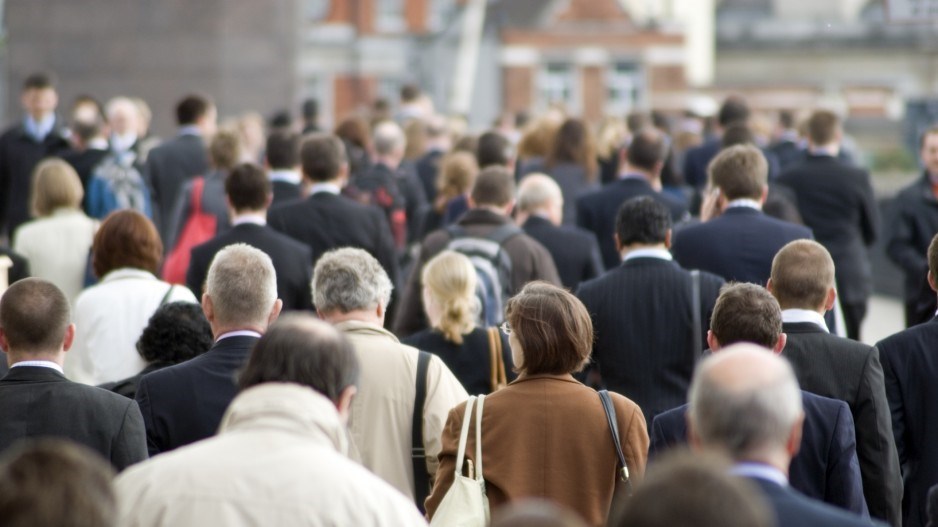Vancouver will continue to see sluggish economic growth throughout the year, with job creation hitting a decade low, according to a report released this week by the Conference Board of Canada.
Although the city has shown some resilience to U.S. tariffs—thanks to its strong focus on the local economy and Pacific Rim ties—economic growth is projected to remain slow for the rest of 2025 and into 2026.
“The city’s woeful housing affordability and dependence on now-restricted international migration are significant hurdles,” the June 30 report states.
Vancouver’s GDP is forecast to grow by 1.2 per cent in 2025—the same rate as last year—and increase to 1.9 per cent in 2026 before averaging two per cent annually from 2027-29. These projections align with national trends.
Roughly 23,000 jobs are expected to be created in 2025—the lowest level since 2013, excluding the pandemic years. Job creation is projected to fall further to about 10,000 per year in 2026 and 2027, before rebounding to around 20,000 annually in 2028 and 2029.
The service industry will remain the main driver of new employment, with an estimated 20,000 new jobs in 2025, led by gains in retail trade, professional and technical services, and accommodation and food services.
Employment in professional and technical services reached a record high in 2024, and is expected to grow by approximately 9,000 positions in 2025. The public sector, which also saw rapid expansion with more jobs added in the past three years than in the entire decade prior to 2019, is expected to slow down.
“That pace is unsustainable, so public administration employment will shrink this year, regain these jobs in 2026, then edge lower throughout our forecast,” the report states.
Driven by an aging population, health care and social services are expected to see ongoing employment growth in the city, with a forecasted 26,800 jobs created between 2025 and 2029.
Meanwhile, Vancouver’s population is projected to rise by one per cent in 2025—its slowest post-pandemic growth rate—and decline in 2026 and 2027, marking the first population drops since at least 1986 before resuming modest growth in 2028.
“That means the federal government’s reduced international migration targets and falling net interprovincial migration, at least partly due to the area’s high housing costs, will severely impact population patterns,” the report states.
Economic uncertainty, slower population growth and high housing prices are also “hammering” Vancouver’s resale housing market. The Conference Board projects a continuous decline in housing starts, falling from 28,112 units in 2024 to 22,145 units by 2029, with reductions in both single-detached and multi-family construction.



